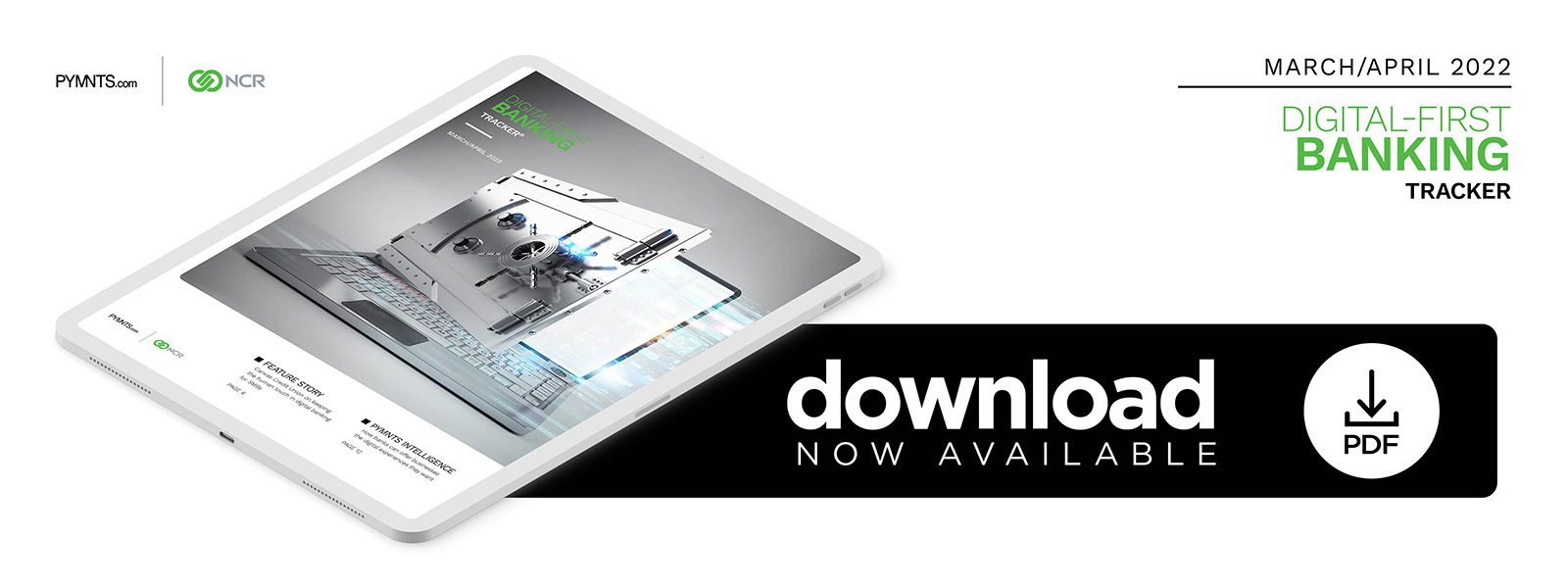Canvas Credit Union on Keeping the Human Touch in Digital Banking for SMBs

SMBs want cutting-edge digital banking services that help them attract — and interact — with global customers, yet still with personalized financial offers that cater to their business. In the Digital-First Banking Tracker, Canvas Credit Union’s Frank Robinson explains why offering hybrid approaches such as interactive teller machines removes complexity and allows SMBs to focus on what they do best.
Digital banking technology has made it possible for financial institutions (FIs) and their business clients to conduct financial transactions without meeting in person.
This is certainly convenient, but for some small- to medium-sized businesses (SMBs), digital banking can seem like a mixed blessing. SMBs may be looking to grow by attracting and serving global customers, but they may also wish to remain the SMBs down the street that conduct their banking in the traditional way.
“I think FIs need to do a blend of both [digital and in-person service], … where they can have that relationship and at the same time be nimble enough for the technology [to allow clients] to access everything from a [smart]phone,” said Frank Robinson, business sales and service manager for Canvas Credit Union.
Canvas is one of Colorado’s leading credit unions (CUs) and prides itself on having served SMBs with friendly, in-person service since 1938.
A robust online technology presence is essential for FIs to serve their SMB customers today, Robinson said. Still, he said he has a difficult time envisioning a banking world without ready access to friendly tellers and branch managers with whom clients can consult when they need to.
“I think it’s going to come down to the technology that makes [a business owner’s] job a lot easier and their life a lot easier to be able to maneuver their banking situation, but I think we’re still going to have to have that personal touch,” he said.
Balancing Technology and the Human Touch
Robinson said the major value propositions of digital banking for business clients are speed and convenience. Procedures that once took place in person, such as onboarding new clients, can be done in a fraction of the time. Once paper-laden processes, such as loan applications, can be done remotely, and money transfers can be authorized digitally.
“What it really comes down to is time is money, and I don’t want to go down to the local branch to wire money and stand in line for 30 minutes and get pre-approvals and different things like that when I could be doing a whole bunch of other things in terms of getting to my business,” he said. “If I can send a wire from my phone because it’s already set up, then that’s what I’d rather do.”
He said SMB owners are looking for banks that will take the time to get to know their needs and remove the complexity from banking so they can be free to do what they do best: take care of their businesses.
“What [I as a small business owner] expect from my bank is to be able to have that banker tell me what I need to know so I don’t really have to fuss with my banking, and I can focus on what I opened my business for,” he said. “You rely on your banker to be the professional and steer you in the right direction. … I don’t have enough time to be figuring [it] out because I’m too busy focused on my business.”
Robinson emphasized that it is especially important, however, for digital banking to be both comprehensive across all aspects of SMBs’ needs and user-friendly.
“It’s got to be able to do everything that I need to do in terms of moving money around, whether it’s payroll, whether it’s paying vendors or whether it’s accepting money from my vendors or my clients,” he said. “At the same time, [I need to] be able to call someone or talk to someone in a relatively short period of time when I have a question.”
This flexibility to offer the best of both worlds of digital and physical banking, Robinson said, is the key to satisfying SMB customers. Some banks are trying this hybrid approach with interactive teller machines (ITMs), which allow a live teller to interact with customers from a centralized location. Ultimately, he said, technology must be viewed as another tool for establishing and solidifying a partnership between banks and their business clients.
“I think you still need that personal [interaction] from both sides, the customer and the financial institution,” he said. “The technology is going to be more and more of just a better tool to be able to facilitate those relationships.”
Technology will continue to produce the vital digital tools that can help bankers make SMB owners’ lives easier. Community FIs need not forget their roots in personalized banking, however. Instead, they can leverage those roots by delivering seamless digital experiences while continuing to be the trusted advisers their communities need.
